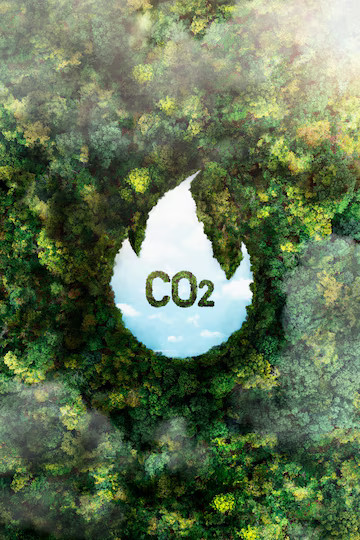India has an ambitious goal of adding 450 GW of renewable energy by 2030. According to the Central Electricity Authority, the country has 147 GW of installed capacity as of May 2024. We must add 50 GW per annum in the next 6 years to meet the target set for 2030. Any shortfall is likely to be met by coal, complicating our emission reduction goals. Therefore, the exploration of alternatives that can complement mainstream renewable energy options is not just a choice but a necessity.
Carbon capture, utilisation, and storage (CCUS) is a promising option for hard-to-abate sectors such as coal power, cement, and steel production. According to the NITI Aayog, India has a theoretical CO2 storage potential of 400–600 Gt, but the infrastructure requires a 10-year gestation period. Therefore, immediate attention needs to be directed to carbon utilisation methods.
Not in the distant past, India’s solar photovoltaic ambitions looked unattainable, but now it is affordable and available in our neighbourhoods. Similarly, if we think ahead and implement CCUS, we can turn it to our advantage and emerge as market leaders.

